Never Mix These With Bleach
Before we dive in, it's important to know about the cleaning products you should never mix with bleach. These are common products found in most homes, but when combined with bleach can be hazardous to your health.
Here are solutions you should never mix with bleach, and why:
1. Vinegar
Vinegar and bleach can create chlorine gas, which can cause respiratory and vision issues. Chlorine gas combined with water also creates hydrochloric and hypochlorous acids, which are also dangerous to eyes and lungs.
2. Ammonia
Another cleaner used in places like the bathroom is ammonia. Mixing bleach and ammonia makes chloramine gas, which creates noxious gas that can be lethal in large doses. But at a minimum, can damage lungs and eyes.
3. Rubbing Alcohol
Rubbing alcohol seems pretty harmless, but when mixed with bleach, it creates the chemical substance known as chloroform — yes, that same chemical they put on a handkerchief to knock out and abduct people in movies. Yikes!
4. Toilet Bowl Cleaner
Like vinegar, the combination of both makes chlorine gas, which can lead to coughing, nose and throat irritation, and difficulty breathing. For those with asthma, COPD, or other lung ailments, inhalation of these chemicals can trigger severe respiratory issues, potentially resulting in fatalities.
5. Drain Cleaner
Typically, drain cleaners contain sodium hydroxide to chemically dissolve buildup, along with caustic potash to accelerate the breakdown of organic substances. Combining this with bleach will create toxic fumes.
6. Glass Cleaner
Some glass cleaners may be fine to mix with bleach, but many contain ammonia. As already mentioned, ammonia and bleach create chloramine gas, which can cause respiratory and eye damage, and can be lethal in large doses.
7. Other Cleaning Products
It's generally a good idea to avoid mixing bleach with most other cleaning products simply because it's not always clear what ingredients are in them. Even small amounts found in common cleaners mixed with bleach can be detrimental to your health, so avoid it wherever possible.
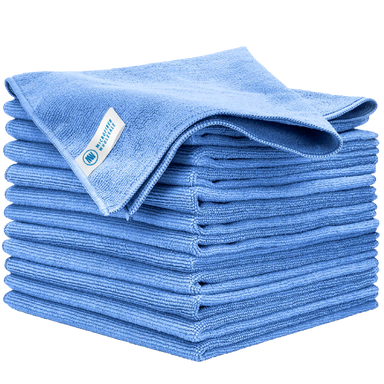















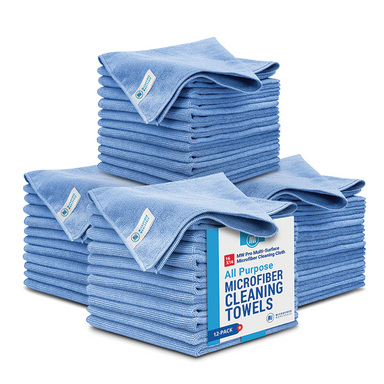
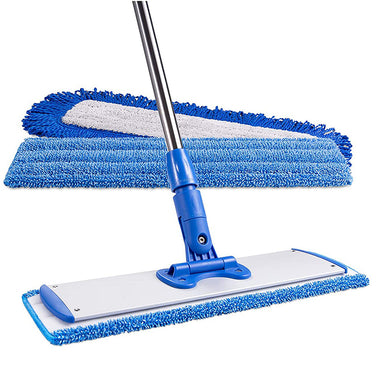
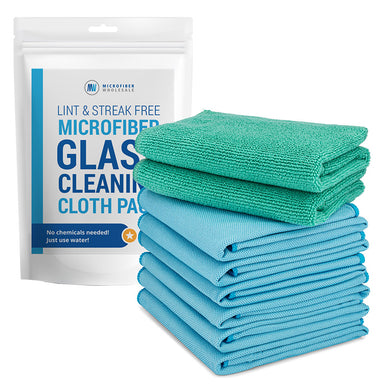







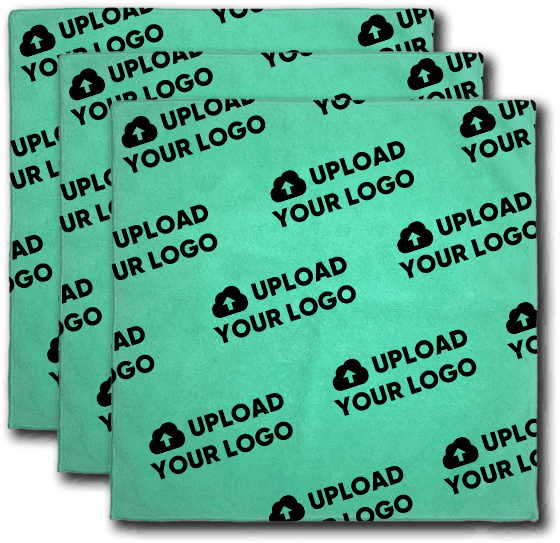
 By continuing with your order, you acknowledge and agree to the following:
By continuing with your order, you acknowledge and agree to the following: